SESM 3028 BIOMATERIALS COURSEWORK 2024
Hello, dear friend, you can consult us at any time if you have any questions, add WeChat: daixieit
SESM 3028 BIOMATERIALS COURSEWORK 2024
You should now be familiar with metal on metal resurfacings, how they are made, how they operate and the potential issues that can occur through use in vivo. In addition, you have been introduced to the effects of the alloying elements, the factors affecting the deformation behaviour of the alloy and the nanocrystalline layer which forms on well aligned bearings surfaces during service in-vivo.
Below are details (Table 1) of three Biomet ReCap metal on metal resurfacings which were retrieved for different reasons. Case 100018 tripped and fell at home and fractured their neck of femur. Case 100075 was retrieved due to pain and evidence of Adverse Reaction to Metal Debris (ARMD) was discovered at the time of surgery. Case 100107 was retrieved due the patient having severe pain; high blood metal ion levels and large psuedotumours were identified using MRI imaging.
Table 1: Case Details:
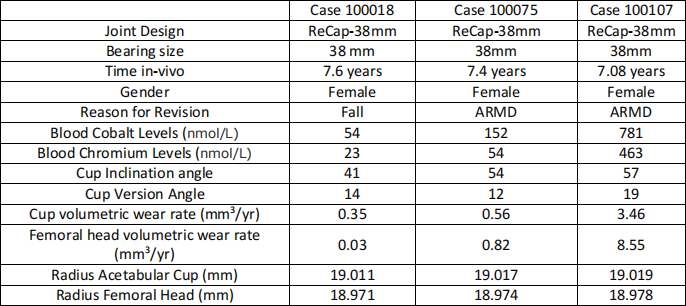
The cup articular arc angle was determined to be 157o. The images (figures 1-6) are RedLux height colour maps of the bearing surfaces. The colour maps show the linear deviation from the reference sphere (in mm), with a negative value representing a linear measure of material loss from the bearing.
Tasks:
. Briefly compare the attributes of the as-cast cobalt chromium microstructure to the as-cast heat-treated microstructure highlighting what aspects make it better suited for resurfacing devices (2 marks)
. In light of the reason for revision for the cases and the data presented
o Compare the wear performance of the resurfacings with wear rates from journal articles and manufacturer guidance documents for other metal on metal bearings (4 marks)
o Using the data in table 1, the RedLux images (figures 1 - 6), and the scientific literature to justify your answer, explain the reasons of the variation in wear between cases 100018, 100075 and 100107 (4 marks)
. For case 100018:
o Describe how and why the nanocrystalline layer is formed in-vivo (8 marks)
o How are nm sized wear particles generated from this layer? (2 marks)
. Additional marks:
o Grammar, writing style (2 marks)
o References and figures/tables (3 marks)
You have up to 4 pages available to create the report. The document should have minimum 11 point font, and include all text, figures and references.
The RedLux image represents a colour height map of the deviation from a perfect sphere which was fitted to the unworn region of the bearing surface. For the acetabular cups you are looking into the cup, for the femoral head you are seeing the outer surface. Black regions represent the position of the greatest material loss. N.B. the femoral head components had a change in radius, so the colour change at the lower regions doesn’t represent material loss.
Figure 1. RedLux height map for the acetabular cup of Case 100018
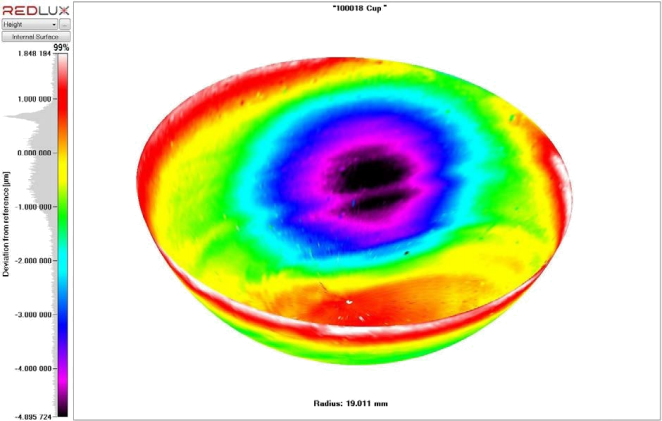
Figure 2. RedLux height map for the femoral head of Case 100018
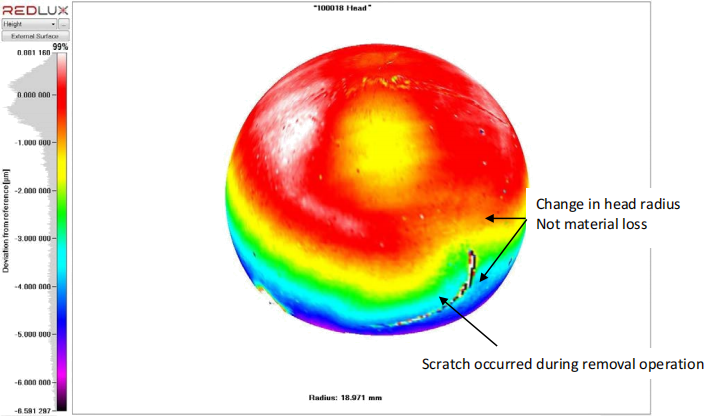
Figure 3. RedLux height map for the acetabular cup of Case 100075
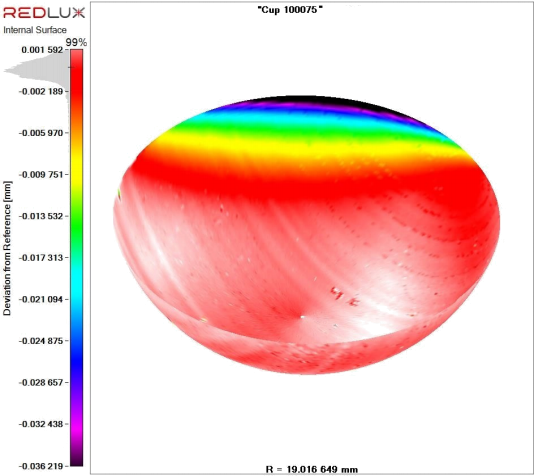
Figure 4. RedLux height map for the femoral head of Case 100075
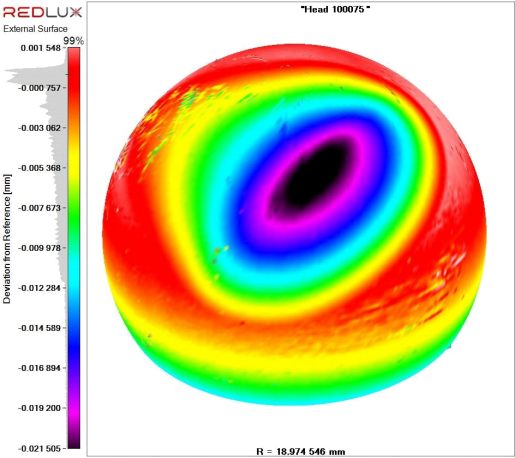
Figure 5. RedLux height map for the acetabular cup of Case 100107
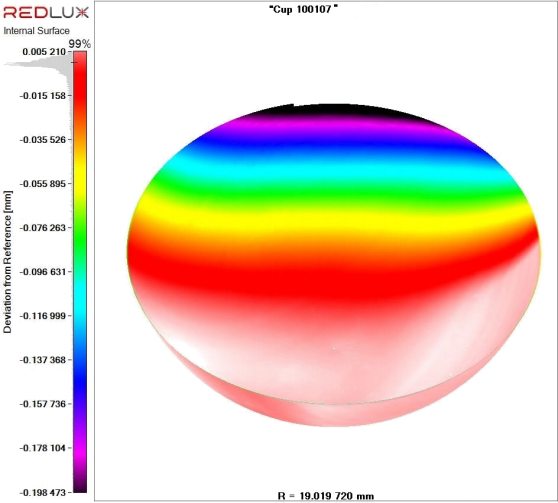
Figure 6. RedLux height map for the femoral head of Case 100107
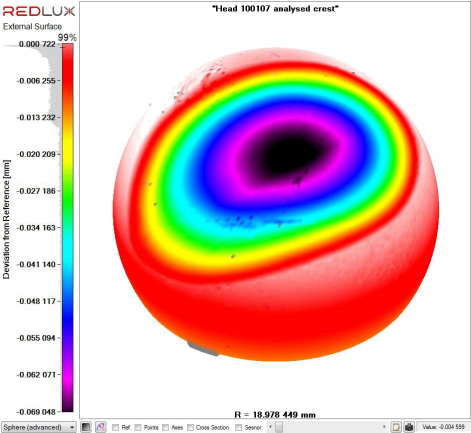
2024-03-07